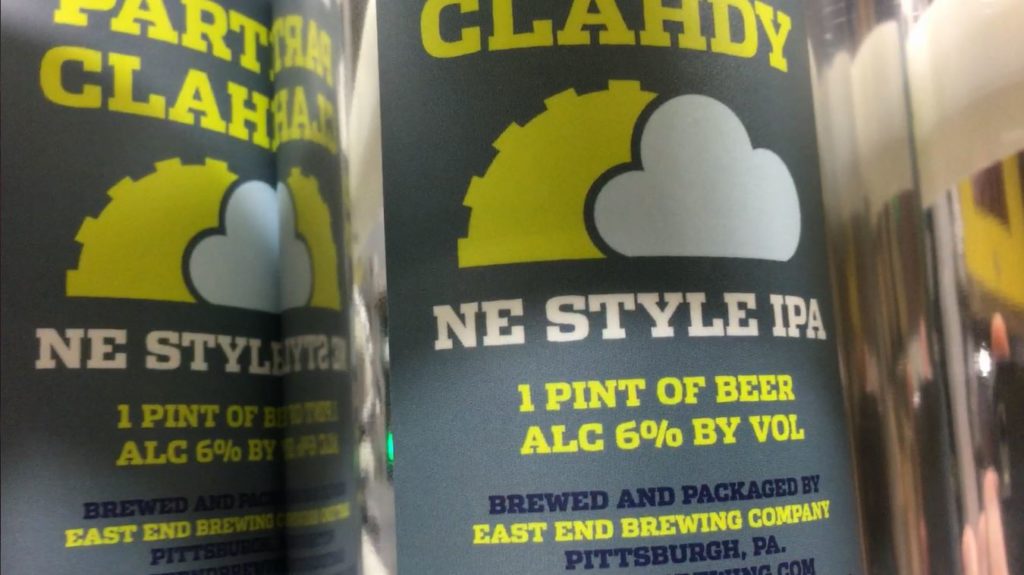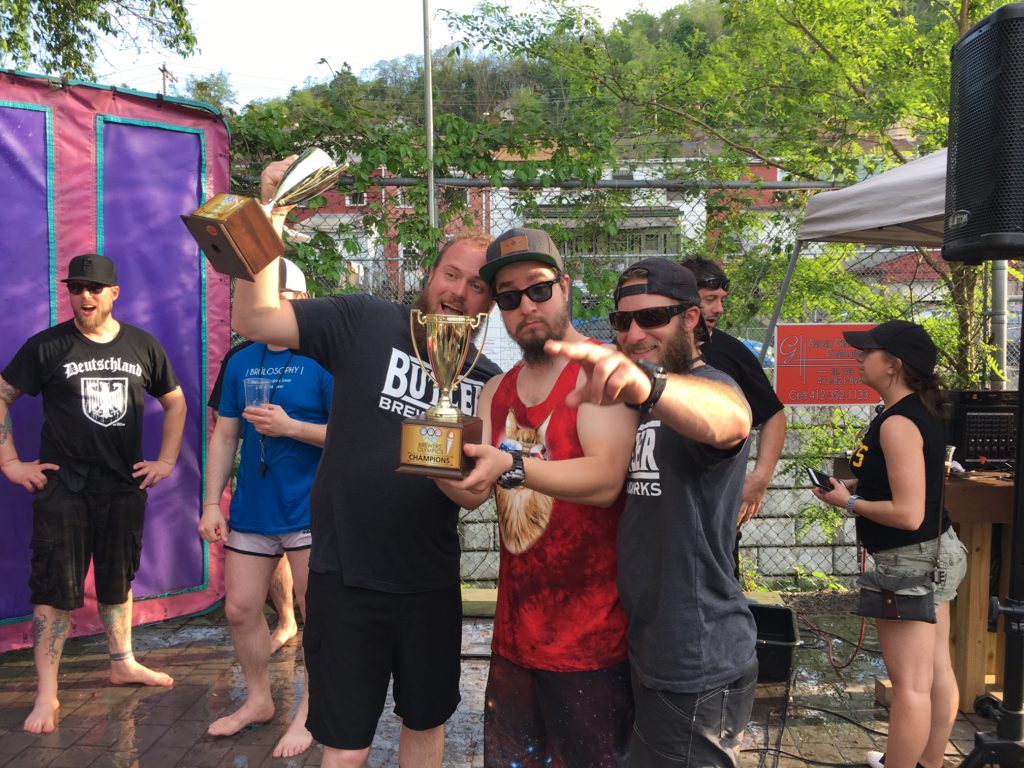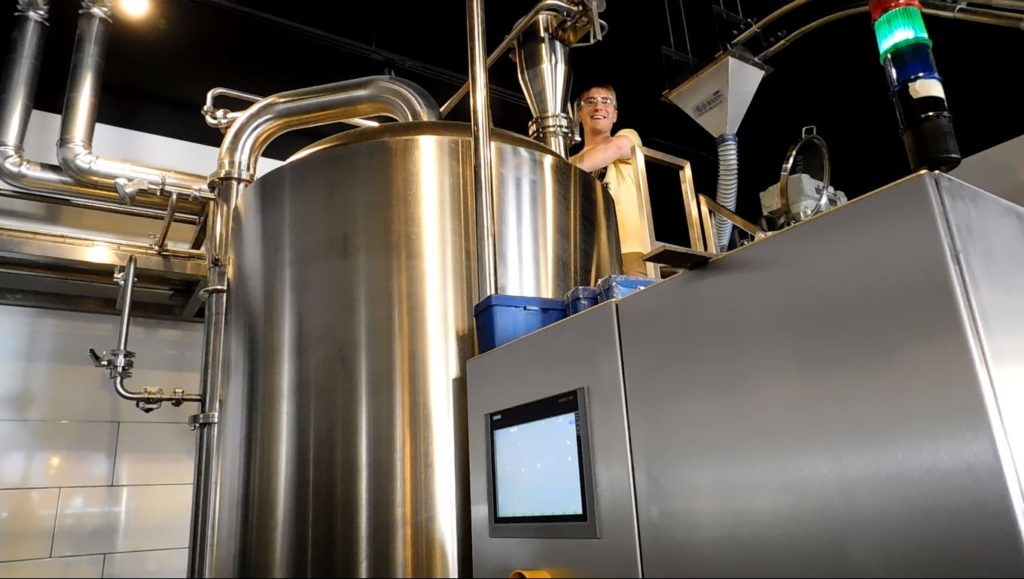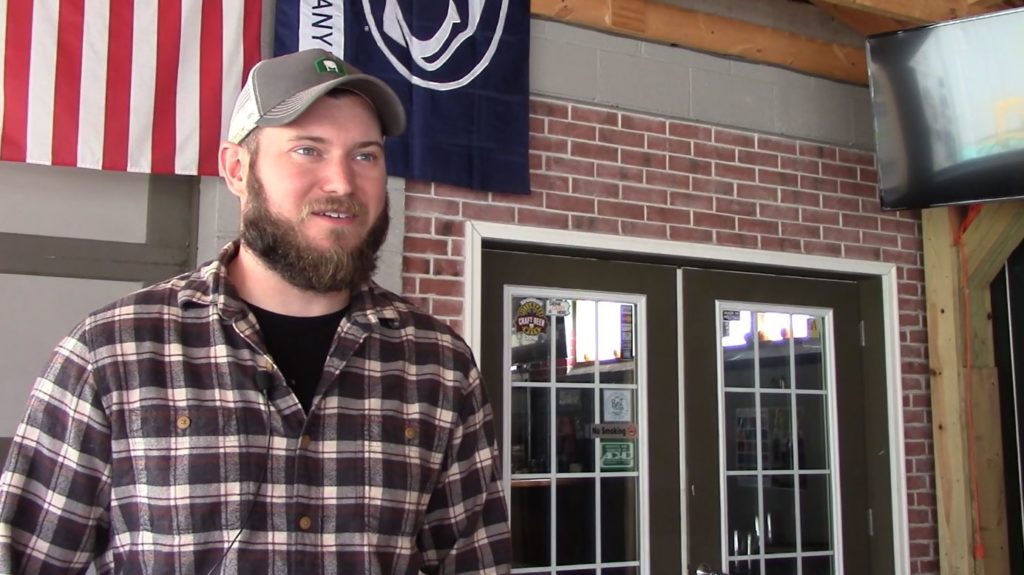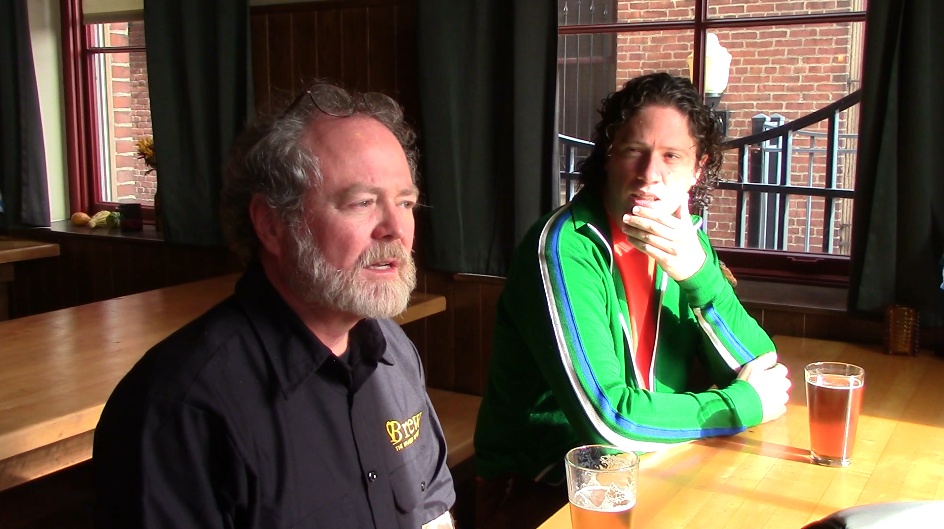It wasn’t that long ago that cans were reserved for macro beer — and treated with scorn by those seeking a better beer experience.
That perception continues to change, nationally and locally. Just take a look around here: Grist House can’t keep cans of Fire on the Hill and Hazedelic Juice Grenade in the coolers. At Dancing Gnome, the weekly can releases almost always sell out on Day One.
And at East End, the monthly canning run to keep Big Hop at distributors and on the shelves has turned into an adventure: Which beer will we can next? It’s varied from standbys like Wheat Hop, Bigger Hop or Green Giant, the citra IPA that was canned again this week, to some newcomers that the folks at the brewery decide deserve some special treatment.
This week, that included two new beers: Partly Clahdy, East End’s dank and juicy New England-style IPA, and Seedless Watermelon Gose, a delicious mix of melon-y brightness and the tart salinity of the style. There’s a third new beer in the mix this week — Cherry Stomp, a Berliner Weisse made with sour cherries — but owner Scott Smith said the temptation to can that one as well was tempered by the fact that the guys from Iron Heart Canning, the Cleveland-based mobile canning company that made its monthly visit this week, had four beers to can already.
Mr. Smith said that as is the case at Grist House and Dancing Gnome, East End’s canning runs tend to sell briskly … and that’s good, especially for the beer. Most of the beers canned at the Larimer brewery are hop-forward, and they benefit from being consumed when they are as fresh as possible, and East End helps that cause by not canning too much: “These aren’t beers that we want to have sitting around for a long time — they’re not built for that,” Mr. Smith said. “I’d rather err on the side of not canning enough than canning too much and letting collect dust on the shelves.”
And besides, as Mr. Smith added: They can always brew more.


